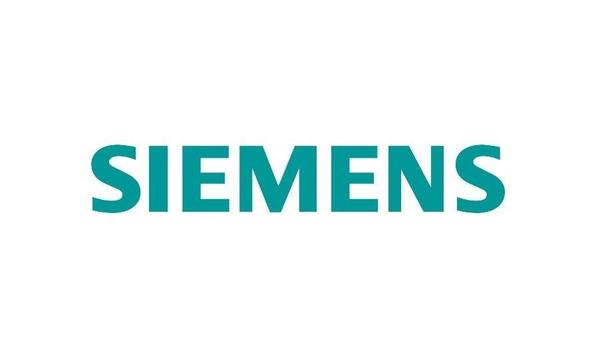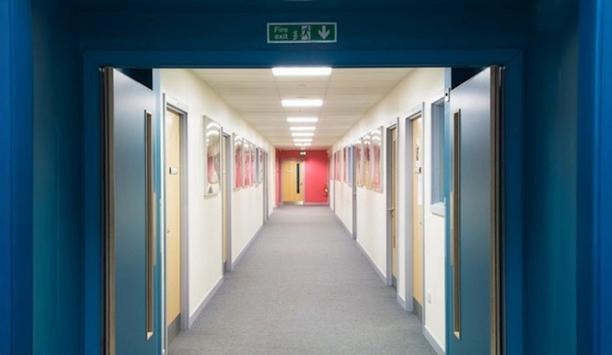Chief Scott Fournier and Berkley Fire Rescue would like to share safety tips with the community as a part of National Burn Awareness Week. Burn Awareness Week, organized by the American Burn Association (ABA), began this year on Sunday, February 4, and ends on Saturday, February 10.
This annual campaign serves as an opportunity for fire officials to share common burn prevention messages with their communities. The 2024 Burn Awareness Week theme is flammable liquid burns.
Primary causes of injury
According to the ABA, 276,086 people received medical care for treatment of unintentional burn injuries in 2020. The primary causes of injury include fire, scalds, and contact with hot objects, electricity, and chemicals. Most of the injuries occur in the home.
There are many commonly used flammable liquids, including gasoline, lacquers, and nail polish
Vapors from flammable and combustible liquids can ignite, causing a fire. There are many commonly used flammable liquids, including gasoline, lacquers, and nail polish. The following safety tips to prevent burns caused by flammable liquids are provided by the ABA and National Fire Protection Association:
Cooking Liquids
- Always wipe clean the stove, oven, and exhaust fan to prevent grease buildup.
- Wear short or close-fitting sleeves when cooking.
- Keep a pan lid and dry potholders or oven mitts near the EVERY time they cook.
- Turn pot or pan handles toward the back of the stove. When frying, use a pan lid or splash guard to prevent grease splatter.
- Allow food to rest before removing it from the microwave. When heating food in the microwave, use microwave-safe cookware that allows steam to escape.
- Never hold a child while they are cooking, drinking a hot liquid, or carrying hot foods or liquids.
Gasoline
- Use gasoline outdoors only, and store it in cool, well-ventilated areas. Don’t store gasoline in the house.
- Start charcoal grills only with fluid labeled as “charcoal starter fluid.”
- Keep gasoline in a secure location, out of the reach of children.
- Use containers that have been listed, labeled, or approved for gasoline
- Fill equipment with gas when engines are cool
- Don’t use gasoline near a flame source such as burning leaves or brush
- Don’t use gasoline as a cleaning fluid or solvent
- Don’t dispense gasoline into a portable container while it is located inside the vehicle or pickup truck bed
Other Flammable/Combustible Liquids
- Never leave rags used to clean paint or stains in a pile. At the end of the day, take the rags outside to dry. Keep them away from buildings. Put dried rags in a metal container with a water and detergent solution to break down the oils and ensure the cover is tight.
- Keep containers of oily rags in a cool place, out of direct sunlight and away from other heat sources.
- Flammable and combustible liquids should not be used near an open flame. Do not smoke when working with these liquids.
- Keep flammable liquids in their original containers. Keep them tightly capped or sealed. Never store the liquids in glass containers.
Burn Injuries
Minor burns can be treated at home. According to the ABA, initial first aid treatment includes:
- Stop the burning process: cool a burn by running cool (not cold) water for at least five minutes.
- Remove all jewelry, watches, rings, and clothing around the burned area as soon as possible.
- Administer an over-the-counter pain reliever such as ibuprofen or acetaminophen for pain control. Follow the directions on the label. Consult a physician or health care provider if the pain is not relieved.
- Cover the burn with a sterile gauze bandage or clean cloth. Wrap the burned area loosely to avoid putting too much pressure on the burned tissue.
- For a small area burn (less than 1% or the size of the person’s hand), apply soothing lotions that contain aloe vera to a burned area to help relieve the pain and discomfort.
Minor burns will usually heal without further treatment. If they have a significant burn injury it is important to seek treatment at a burn center. Several factors – like location and size – are important when treating burns. If they are unsure of the seriousness of an injury, review the ABA’s guidance on When to Seek Medical Care.
















